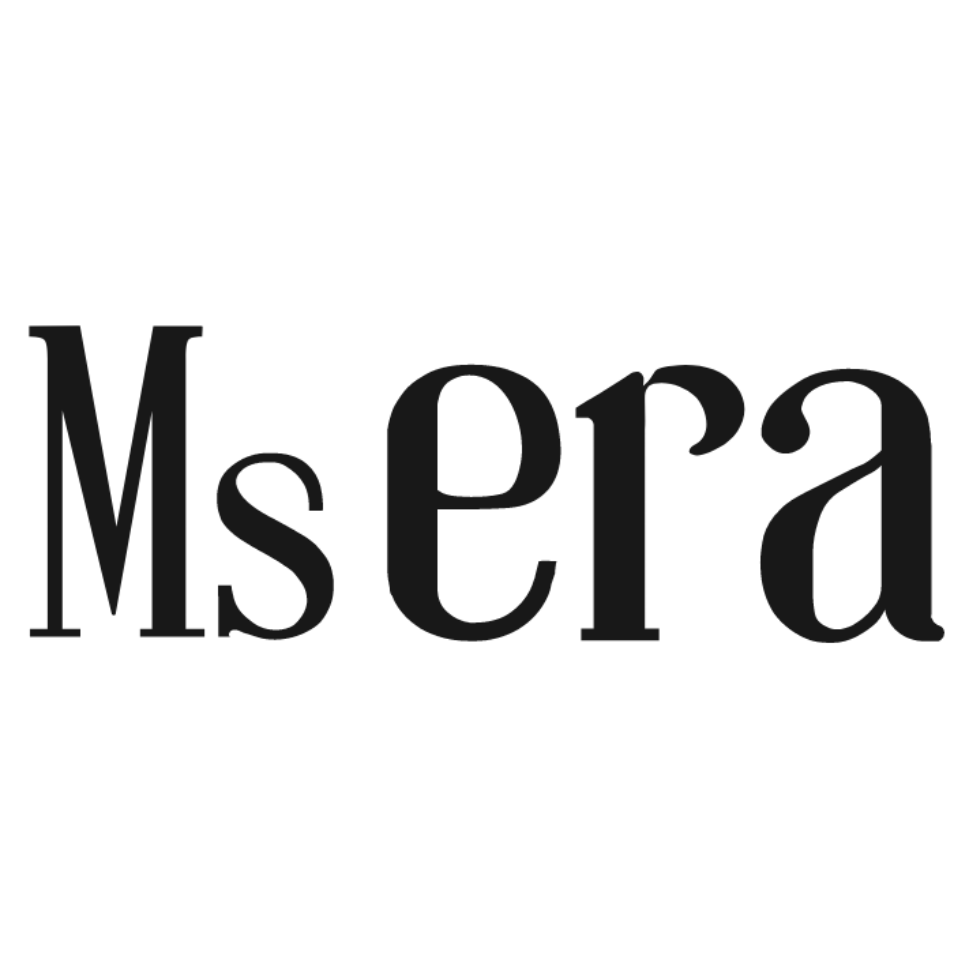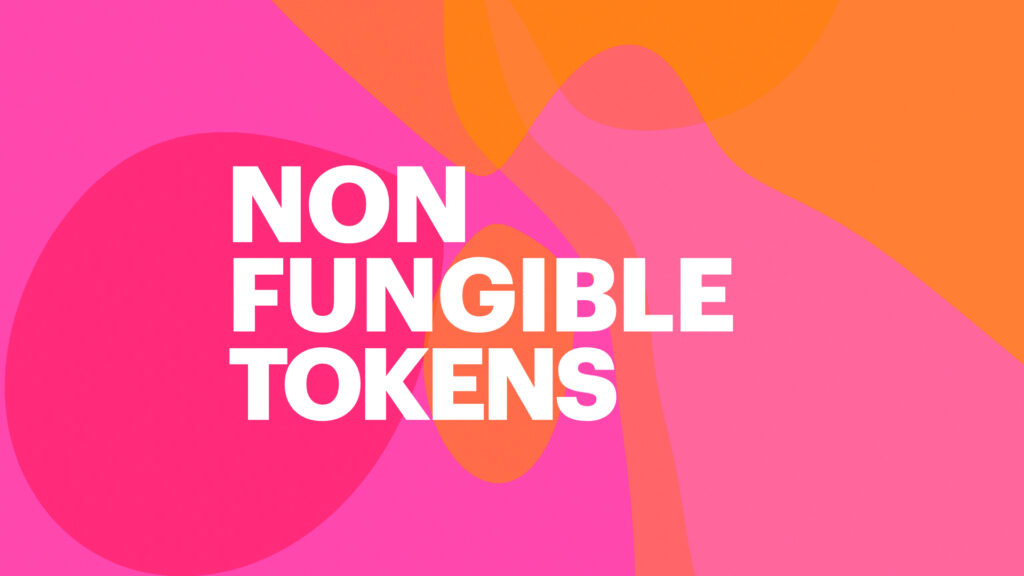NFTs: Innovation For Brands & First Steps Of The Marketing Strategy
I ended my last post by saying that I would discuss how I am discovering the Web3 ecosystem and specifically new launch strategies for digital products and services, so in this post, I think that it is mandatory to talk about NFTs.
Is an NFT a new product or service? How can we consider NFTs?
NFTs are new fancy digital assets, they are the representation of physical products, and they are also services, as the container of their utilities or benefits. But the most important thing is that they represent one of the main differences between Web 2.0 and Web3: ownership. I commented on this in my first post, and from my point of view, it is inside the concept of ownership where the great value lies.
So NFTs are one of the main pieces in the 1-2-3 web evolution at the end of the chain in parallel with read-write-own web. NFTs will probably be the facilitators for the transition of Web 2.0 to Web3. Web 1.0 (read) – Web 2.0 (write) – Web3 (own). And so I think of NFTs as the holders of the change that is happening.
As Web3 is conceptualized as a decentralized territory, made up of communities, NFTs could be one of the mechanisms to help these groups to get organized and fairly rewarded.
But what is it technically an NFT? I would like to directly copy-paste a perfect definition you will find in the NFT Research Cointelegraph document, that I strongly recommend you to read 🙂 , if you want to deepen on NFTs:
“Non-Fungible Tokens are a blockchain-based, programmable deed of ownership to an asset. This digital deed gives its holder the exclusive ability to use, sell and transfer the asset’s ownership rights, as dictated by their private key signature. These rights could pertain to resale, physical redemption, digital functions, financial benefits, or other intangible rights. The NFT does not necessarily “contain” the asset but rather is a programmable record of ownership with an inbuilt pointer to the asset location”.
cOintelegraph
So I would like to reflect on 2 things: how NFTs can be very useful for brands practically in any sector. And on the other hand, I also find it very interesting, since it deals with digital assets that are marketed as a product or a service as such, about important appreciations that are good to have in mind while working on their launch marketing strategies.
Starting on the first point: NFTs as useful tools to boosting acquisition and client brand strategies.
They have very interesting properties that make them unique, such as their provenance and programmability. They can be traced back to their origin, and through the public ledger, so their nature comes with proof of authenticity and ownership. And they can be programmed to provide owners with several digital benefits.
So as we can see, this gives us, as marketers, an endless list of functionalities that will generate value in different existing products or services. Many brands have already started to include them within their business strategies.
Gaming brands are investing more and more in the development of video games because the public is becoming more and more demanding. So NFTs are beginning to be part of the brand’s own monetization strategy, through subscriptions or in-app purchases, that makes the gamer the owner of the asset he is using. The most famous game is Axie Infinity, that you must have heard about.
Fashion industry is using NFT technology as proof of authenticity, which could mean the end of knockoff market for luxury brands. Some fashion brands are already selling sets of the digital asset and the physical dress. And the NFT give the owner special access to VIP groups, as well as early access to new clothing collections. Everybody will be able to purchase their favourite garments in the Metaverse. Nike, Dolce & Gabanna, Gucci or Burberry are brands that are already working with NFTs.
Sustainability within the manufacturing process: NFTs’ proof of authenticity does not only work for luxury, but also for sustainable products. This technology allows full control of the production process, resources and materials used. All actors involved in the supply chain are able to work together sharing a single source of information.
It is true that as said some lines above, the majority part of NFTs are run in Ethereum blockchain technology, which consumes a lot of energy, but there are many other blockchain technologies for NFT minting that are more environment- friendly and that Ethereum is working to solve this problem.
Events and ticketing: there are some new solutions as platforms and marketplaces that allows you to create, mint and sell NFT tickets, and solve several problems as the full control of the secondary market, data monitoring and control, fans’s rewarding. The experience includes the transformation of an ordinary ticket into a collectible NFT. For example: Centaurify, Nft.kred or Oveit.
Farma and food: NFts are an effective solution to demonstrate the state of conservation of medicines and food, guaranteeing the conditions they have passed through until they reach the consumer, such as humidity levels, temperature, storage and duration of storage, etc.
Loyalty and acquisition enhancers: NFTs are also a loyalty and acquisition solution for brands in any industry. They make it possible to offer solutions that complement the offer of products and services during the acquisition process. And it turns customers into owners of the brand, helping to create a special feeling of belonging. Thus, consumers and users, as a new type of stakeholders, become part of a community that will influence and boost brand advocate.
The second point I mentioned: they are products and services in themselves. Some of the main popular NFT categories as digital products are collectibles, art, Metaverse, sports, gaming, and utility. They are launched in different markets in which they facilitate a direct relationship between the creator and the user or consumer. And as mentioned before, we can observe the same effect in this case. They allow the consumer to be elevated to the owner, which makes the community that is generated around the project the cornerstone of the marketing strategy for its launch and growth.
These factors to achieve the success of the project are what I would like to reflect on in this part of the post. From what I have been observing and based on my marketing experience, I want to share some thoughts and conclusions about marketing for NFTs that I hope can be of help. This is a more strategic reflection, that I would like to convert into practical and tactical actions in my next post.
I would imagine the creation of a new NFT art collection. So these are the 4 points I would take into account at the beginning, while planning the NFT project launch:
Number 1:
Who is my buyer persona? A very easy question to ask and sometimes not so easy to answer. But, as always, it is the first key to identify what need or concern I am going to solve, what role I am going to play in its existence, and what value I am going to be able to transfer. In short, I will be able to reveal the binomial problem-solution
This definition is going to be key to achieving efficiency to reach my buyer persona through the appropriate channels. And it will also be key to achieving effectiveness when defining messages to generate engagement and the appropriate call-to-actions to generate response.
Number 2:
The authority. Brands can earn it in various ways. When a project is launched from scratch, an effective way usually consists on doing it hand in hand with different types of prescribers: associations, influencers, specialized media and even other brands or projects that already have that authority in the environment that we want to achieve it.
The authority of the founders and the artists are key pieces too, to be able to project an expert image of the initiative. So their trust will contribute to building the needed factor.
Authority is something that we need to achieve quickly and in these gateways to the Web3 world that we are going through, another of the main levers to generate this authority is the community. We have alredy mentioned it before, and each time it acquires more weight and its role is more active and decisive.
That is why within the launch strategies of new NFT projects, we can look at how the community is placed in the center and how all the initial efforts are focused on generating said community, with tactics that seek viralization and growth as much and as quickly as possible, to develop this critical success factor.
Number 3:
Authenticity. “Be true to yourself”. On the one hand, in terms of the values that are promoted from the project, which must be aligned with those of the buyer persona. And on the other hand, the authenticity of the brand, the artist, the leitmotiv behind it, generate value for the community and establish a sincere and authentic dialogue with it.
That is why the storytelling and the selection of influencers is essential, because it will allow us to generate not only reach, but also engagement in the medium term. This will be the only way to get truthful and engaged followers. I do believe that in the nowadays web world full of fake news and characters, this can become a competitive advantage.
Number 4:
The hedonic value of the valuation model of NFTs, which you can find in the Cointelegraph document I shared with you at the begininng. This model refers to 4 variables including scarcity, liquidity, utility, and this hedonic variable.
This is kind of an unexplained factor for me, as it is something very subjective and emotional that can also decide the success or failure of the project. I left this factor for the last, as I think it is the less manageable, but at the same time it is the one that will bring the most fun to our adventure.
This is the perceived sociocultural value and it is also related to the feeling of belonging to a group and the definition of one’s own identity. It is a tool for the individual to project his/her own identity within the community.
It is about the experience an NFT brings to its owner, the link it generates to the artist, the group, the event or the cultural niche. It can include social benefits. Or it can be about strong ties between the prospect and the NFT, based on personal, sentimental or aesthetical preferences.
I want to close this unexplained factor with a sentence found in the Cointelegraph research document:
“In a digital landscape, utility means little in isolation. Similarly, hedonic value means little without a social component. Innovators aim to increase the network effect of their NFT ecosystem to find new forms of functional and hedonic value. Network effects are key in determining the long-term valuation of NFTs.”
cointelegraph
I hope these reflections have been useful to you. And if so, I encourage you to follow me to be aware of the next post, in which I will share some important steps to be able to launch an NFT project from scratch, and a marketing plan with more tactical actions combining some mainstream media and channels for reaching early adopters.
Do you have any comments? Would I love to know your opinion and thoughts!


Leave a Reply
You must be logged in to post a comment.